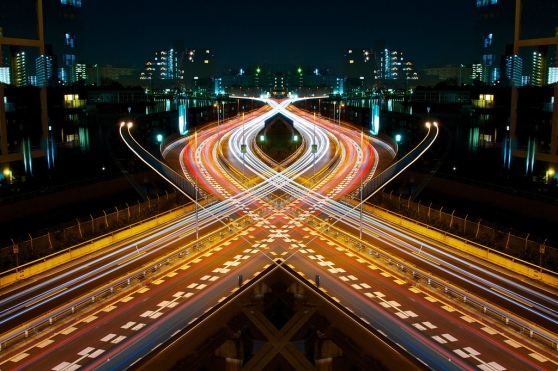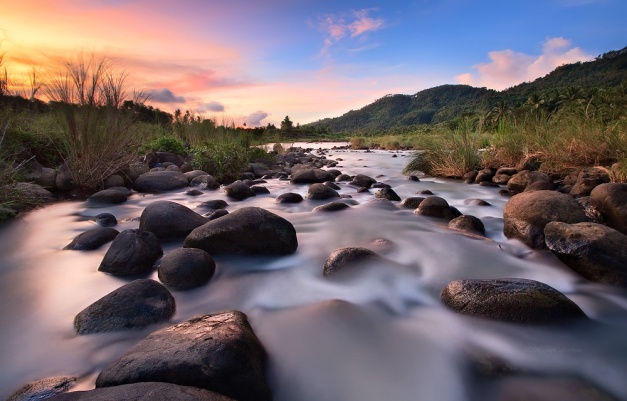Have you ever looked at photos with streaking lights or smoothened water waves and clouds while the stationary elements remained sharp and wondered how those images were captured? The answer is long-exposure photography, which is also known as time-exposure or slow-shutter photography.

Image source:creativephotographytips.com
Its process involves using a slow shutter speed for a longer exposure while compensating the values of the aperture and ISO to ensure that the right amount of light is captured in the image.
However, capturing the best long-exposure shots is easier said than done. But with these tips, you are a few steps closer to mastering this type of photography.

Image source:smashingtips.com
Use a neutral density (ND) filter: An ND filter is considered the most essential accessory for long exposure. It blocks out some of the sun rays and prevents color casting from ruining the image. It also allows for a much longer shutter speed during daytime.
Do not forget the tripod: One problem that could spoil a long-exposure photography is that if the camera moves while the image is being captured. This will lead to the entire photo getting blurred. Thus, a tripod should be used to ensure the stability of the camera. And not just any tripod would do, a high-quality one is needed.
My name is Jack Elway. I used to work as a photographer, but since I have long retired, I practice the craft out of passion. I travel around the country to take photos of national parks and nature. Read more about what I do here.